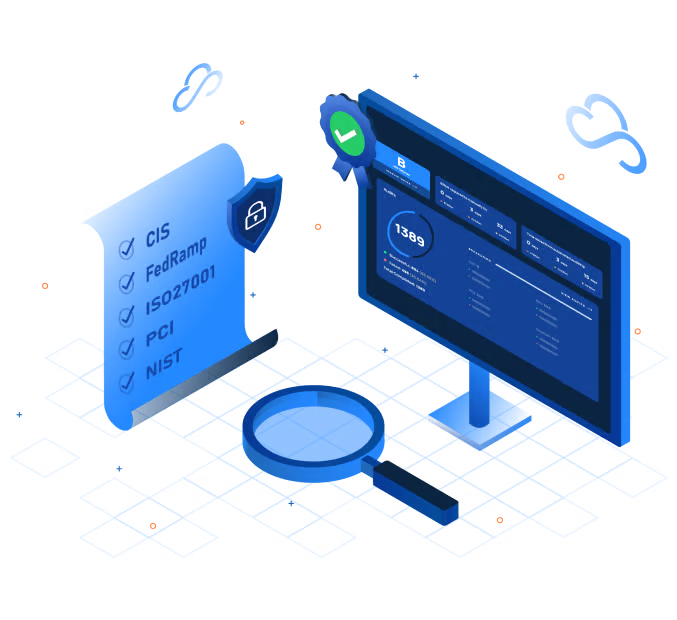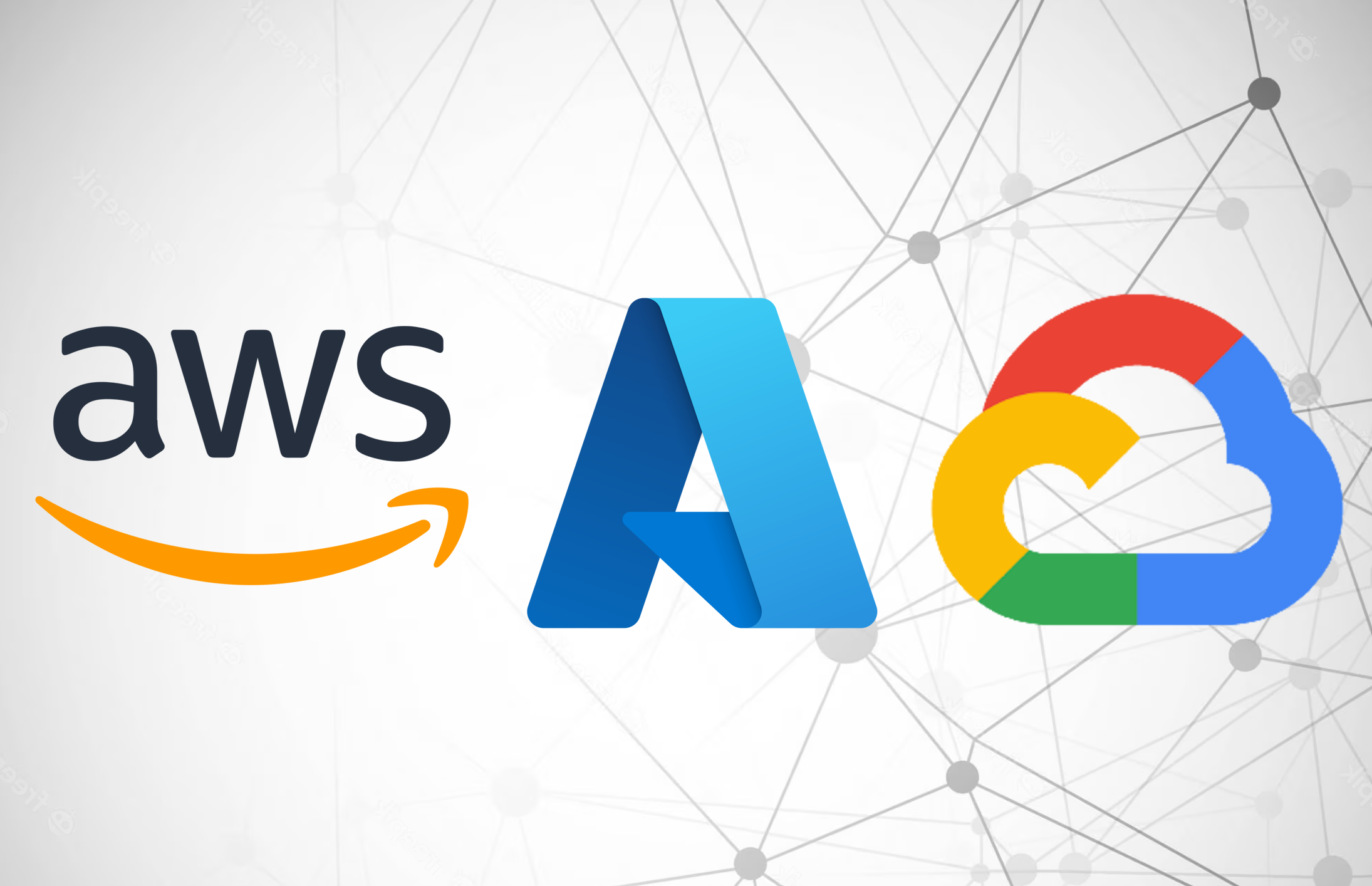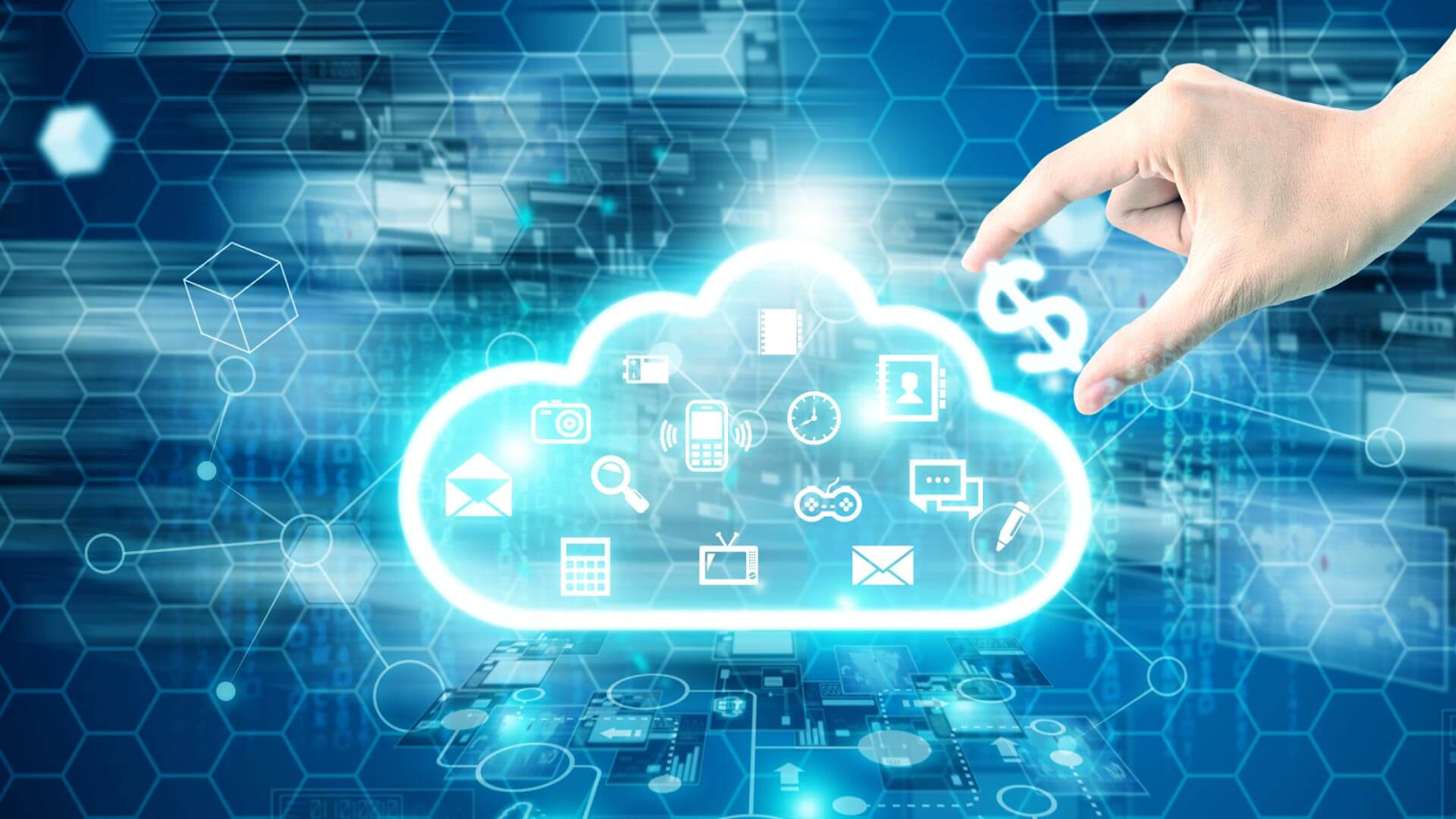Introduction
Cloud cost forecasting is an integral part of FinOps (that’s Financial Operations for the uninitiated). It’s all about predicting your future cloud costs so you can budget and plan effectively. In today’s fast-paced digital world, businesses are increasingly turning to cloud-based services to drive their operations. From the smallest start-ups to the largest multinationals, cloud computing has become a staple of modern business. But as our reliance on the cloud grows, so does the complexity of managing and forecasting its costs.
Why Cloud Computing?
First, it is important to understand why cloud computing has become such a central part of modern business operations.
Cloud computing is the delivery of computing services—including servers, storage, databases, networking, software, analytics, and intelligence—over the internet (the cloud). It offers faster innovation, flexible resources, and economies of scale. By using cloud computing, you typically pay only for the cloud services you use, which helps lower your operating costs, run your infrastructure more efficiently, and scale as your business needs change.
Cloud computing has transformed the way businesses operate by providing access to cutting-edge technology without the need to invest in expensive infrastructure.
Moreover, cloud computing provides businesses with the ability to scale up or down quickly in response to demand. This scalability makes it easier to launch new products or services and respond to market trends.
However, as you may be aware, the financial management of cloud computing can be a tricky affair. Costs can be difficult to predict, especially if you’re using a multitude of cloud services, each with its own pricing structures. That’s where cloud cost forecasting steps into the picture.
What is Cloud-Based Forecasting?
Cloud-based forecasting, at its core, is the process of predicting your company’s future cloud usage and costs. It involves analyzing your past and current cloud usage data, taking into account trends, seasonality, growth rate, and other factors, to estimate how much you’ll spend on cloud services in the future.
Predicting cloud costs isn’t as simple as taking your current month’s bill and multiplying it by twelve for an annual estimate. That’s because cloud services aren’t a static expense. Your usage—and thus your costs—can vary significantly from month to month based on factors like the launch of new services, increased customer demand, or scaling back certain operations.
In addition to understanding your likely future costs, cloud-based forecasting can also help you optimize your spending. By identifying patterns in your cloud usage, you can find opportunities to reduce costs—for example, by turning off unused resources, optimizing your usage of different cloud services, or taking advantage of discounts offered by your cloud service provider.
As you can see, cloud-based forecasting is a powerful tool for managing your cloud costs, but it’s also a complex one. Navigating the many variables that can affect your costs requires a robust understanding of cloud cost models and forecasts, which we’ll get into in the next sections.
Why do Companies Use Cloud-Based Forecasting?
At this point, you might be wondering why companies go through the trouble of cloud-based forecasting. Why not just use the services as needed and pay the resulting bill? Here’s why cloud cost forecasting is a game-changer for businesses.
The first and most obvious reason is cost control. Predicting cloud costs enables companies to budget effectively and avoid surprises when the bill arrives. By understanding their likely future costs, businesses can plan their expenses and allocate their resources more efficiently.
Next, let’s consider optimization. When you’re forecasting cloud costs, you’re not just predicting future expenses. You’re also analyzing your past and current cloud usage. This analysis can reveal opportunities to use cloud services more efficiently, like turning off unused resources or choosing different service options that offer better value for your needs.
Another benefit of cloud-based forecasting is that it can help align IT and finance objectives. In many organizations, there’s a gap between these two departments. The finance team wants to control costs, while the IT team wants to innovate and scale. Cloud cost forecasting bridges this gap by providing a framework where both costs and growth can be managed effectively.
Finally, cloud cost forecasting supports strategic decision-making. Accurate forecasts provide vital data that can inform decisions about everything from product development to market expansion. In short, understanding future cloud costs can help steer the direction of the entire business.
Cloud Cost Models:
Now that we understand the why behind cloud-based forecasting, let’s dig into the what—specifically, what are the different cloud cost models, and how do they impact your forecasting?
- Pay-as-you-go (PAYG): This is the most basic cloud cost model. You pay for each resource individually, and the costs vary depending on how much you use. If your usage goes up, your costs increase; if your usage goes down, your costs decrease. This flexibility is great for businesses with fluctuating needs, but it can also make costs difficult to predict.
- Reserved Instances (RIs): Reserved instances are a commitment to use a specific resource over a longer period, usually one to three years. In exchange for this commitment, you receive a discount compared to the PAYG model. However, once you’ve purchased an RI, you pay for it whether you use it or not. This model is best for predictable, steady-state workloads.
- Savings Plans: Similar to RIs, savings plans involve making a commitment to a certain level of usage over a one or three-year period. The difference is that savings plans offer more flexibility in how you can use your committed usage, making it easier to maximize your savings.
- Spot Instances: Spot instances are spare computing capacity that a cloud provider offers at a steep discount. However, these instances can be interrupted and reclaimed by the cloud provider at any time, so they’re best for flexible, non-critical workloads.
- Hybrid Models: Many businesses use a mix of these models depending on their needs. For instance, they might use reserved instances for their predictable workloads and PAYG for unexpected surges in demand.
Each of these cost models has its pros and cons, and the right choice depends on your business needs and usage patterns. Understanding these models is crucial for accurate cloud cost forecasting.
Types of Cloud Forecasts
Cloud cost forecasting isn’t a one-size-fits-all proposition. Depending on your needs and the nature of your business, you might choose different approaches to predict your future cloud costs. Let’s delve into the different types of cloud forecasts:
- Linear Forecasting: This is the simplest type of cloud forecast, where you project future costs based on your current rate of usage. If your cloud usage has been increasing steadily, a linear forecast will project that this trend will continue. This type of forecast can be useful for stable businesses with predictable cloud usage, but it might not capture the full picture for businesses with fluctuating or rapidly growing usage.
- Seasonal Forecasting: If your business has predictable high and low seasons—for example, an e-commerce company with a busy holiday season—a seasonal forecast can help you plan for these fluctuations. This forecast model takes into account patterns from previous years to predict your costs during similar periods in the future.
- Growth-Adjusted Forecasting: For rapidly growing businesses, it’s not enough to simply project current usage patterns into the future. Growth-adjusted forecasting takes into account your projected business growth to estimate how your cloud costs will increase as your business scales.
- Multi-Cloud Cost Forecasting: More and more businesses are using multiple cloud providers to meet their needs. Multi-cloud cost forecasting involves predicting costs across all these platforms. It’s more complex due to the different pricing structures of each cloud provider but can provide a comprehensive view of your future cloud expenses.
Choosing the right type of cloud forecast depends on your business’s specific needs, growth plans, and the complexity of your cloud usage. Understanding these different forecasting models can help you make more accurate predictions and better manage your cloud costs.
How Kumoco Cloud Manager Simplifies Cloud Cost Forecasting
With the fundamentals of cloud cost forecasting under our belts, it’s time to introduce a tool that can make this process easier and more effective: Kumoco Cloud Manager (KCM).
KCM is not just another tool in your tech stack; it’s designed to become a dependable ally in your cloud operations. Remember those cloud cost models we discussed earlier? KCM’s advanced forecasting tools take those into account, enabling you to forecast your cloud costs accurately based on your usage patterns and business growth.
One standout feature is KCM’s real-time dashboards. They offer a unified view of your entire cloud estate, helping you spot inefficiencies and identify cost-saving opportunities quickly. They’re your eyes in the cloud, ensuring you stay on top of your costs.
As you scale up your cloud operations, keeping track of billing data from multiple platforms can become a daunting task. KCM simplifies this by consolidating all your invoicing information, ensuring accurate cost allocation across various departments, projects, or cost centers.
But KCM is not just about cost management. It seamlessly integrates with your existing processes and ITSM/project management tools like ServiceNow. This seamless adoption facilitates better collaboration and allows for a smooth transition to a cost-optimized cloud environment.
In essence, Kumoco Cloud Manager takes the complexity out of cloud cost forecasting, enabling you to better manage, optimize, and control your cloud operations.
Wrapping up: Your Path Forward with Cloud Cost Forecasting
Cloud cost forecasting doesn’t have to be a guessing game. It’s a strategic, data-driven process that can give you a clear picture of your future cloud spend, helping you make informed decisions and optimize your cloud operations.
If you’re just starting out, begin by understanding your current cloud usage and costs. Once you have a handle on your present situation, you can move on to forecasting future costs. Remember, the type of cloud forecast you choose should align with your business’s specific needs and growth plans.
Leverage the cloud cost models to strategically plan and manage your costs. Whether it’s pay-as-you-go, reserved instances, savings plans, spot instances, or a hybrid model, select the one that best suits your business needs and usage patterns.
Lastly, don’t hesitate to seek help. Tools like Kumoco Cloud Manager can take the guesswork out of cloud cost forecasting. From providing real-time dashboards and consolidated billing data to advanced forecasting tools and compliance support, KCM can become a critical part of your cloud operations.
In today’s dynamic digital environment, mastering cloud cost forecasting is not just an option, but a necessity. As you embark on your cloud cost forecasting journey, remember: understanding your past and present cloud usage can shape a cost-effective, efficient, and sustainable future.
To learn more about KCM and how it can enhance your FinOps capabilities, visit kumoco.com or get in touch with our team today.



